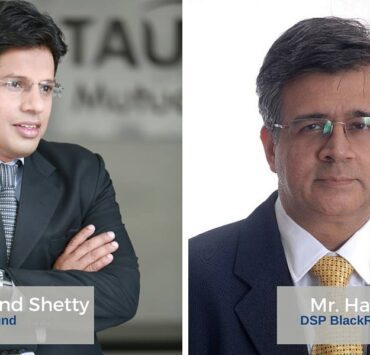PM Taps India’s 20k Tonne of Idle Gold with Gold Monetisation Scheme
Prime Minister Narendra Modi launched Gold Monetisation Scheme today that basically aims to reduce the physical gold demand and put to use gold amassed and hoarded by Indians. While no one really knows how much gold Indians have, World Gold Council has estimated that ~22,000-23,000 tonnes of gold is lying idle with households and institutions in India, which is valued at around a whopping $800 billion.
Under the Gold Monetisation Scheme (GMS) resident Indians can earn ~2.5% interest per annum by depositing their precious metal with a designated bank in a ‘gold savings account’. The GMS will replace existing Gold Deposit Scheme 1999 that yielded mere 1% interest pa to the depositors.
How will Gold Monetisation Scheme Work?
Purity Testing: You will have to first get your gold jewelry or bullion tested at the designated Purity Testing Center. After the preliminary test, informing approximate weight of gold, you have the option of either melting your jewelry / bullion for fire assay test or abandon at this stage and take your jewellery back if you are not satisfied with the provisional purity ratio. If you accept the results, you will have to fill a bank/KYC form and give your consent for melting. Your gold will be then sent for melting and will be assayed and minted at government mint. Nominal charges are application at this stage – melting charges (min Rs 500 for gold upto 100 gms and opto Rs 1400 for 900-1000 gms), fire assay test charges (Rs 300) and stone removal charges (min Rs 100)*.
Certification of purity: Upon confirmation of final gold weight and purity as per fire assay test results, your gold will be turned into bars. The purity center will issue a certificate indicating the amount and purity of only the pure gold component from your jewellery or bullion.
Opening Gold Savings Account: The certificate from Purity Testing Center will have to be produced to your bank who in turn will open your Gold Saving Account and credit the gold in your account. You need to provide your address and identity proof to open this account. The minimum quantity required to start a gold saving deposit is 30 grams. Your PAN will also have to be disclosed if the value of the jewellery is worth more than Rs 50,000.
Tenure: The tenures will be minimum of 1-yr. Breaking of lock-in period will be allowed at a penalty cost.
Interest: Once your account is opened, your account will start receiving interest after 30-60 days of account opening.
Redemption: After the completion of your tenure you have the option of rolling over your deposit in multiple of 1 year. If you wish to redeem, you have the option of either taking cash or gold.
Tax Implication: There is no capital gains tax and income tax liability on the interest earned under GMS.
Who can open account under Gold Monetisation Scheme?
Any resident Indian can individually or jointly make an application under this scheme. You can also open an account on behalf of a minor. The application can also be made under the name of HUF, trust (charitable or religious) or a company.
Verdict on Gold Monetisation Scheme
Gold Monetisation Scheme is an interesting opportunity for individuals and organisations to put their idle gold to earn some extra cash which will also allow them for an indirect safekeeping of their precious metal, saving the cost of bank lockers. With a minimum deposit of 30 grams of gold accepted under this scheme, lower category individuals can also benefit and earn interest income on their gold holdings.
The downside is that under GMS your jewellery will have to be melted. In the past also such schemes failed to take off as we Indians are reluctant to give up our gold due to the emotional connection we have towards our jewellery, especially if they are inherited pieces. This situation holds true under GMS also, which may limit the number of people opting for this scheme or the quantum of gold they will be channeling under this. Moreover, when you melt the jewellery you’ll end up losing almost 20-30% of its weight that comprised of the impure substances. In addition to this the melting charges also have to be borne by the consumer.
Another problem stems from the fact that most gold held by Indians is purchased using the undisclosed black money, and any such deposits valuing gold > Rs 50,000 will require the PAN card number to be furnished, that will again attract attention of income tax department, which anyone would want to avoid.
All-in-all it is a good scheme but would need more clarity from the side of government in terms of undeclared jewellery to lure people to avail this scheme.
Now the question is would you want to hand over your gold to the government?
*Source mygov.in, these are indicative charges and are subject to change.








